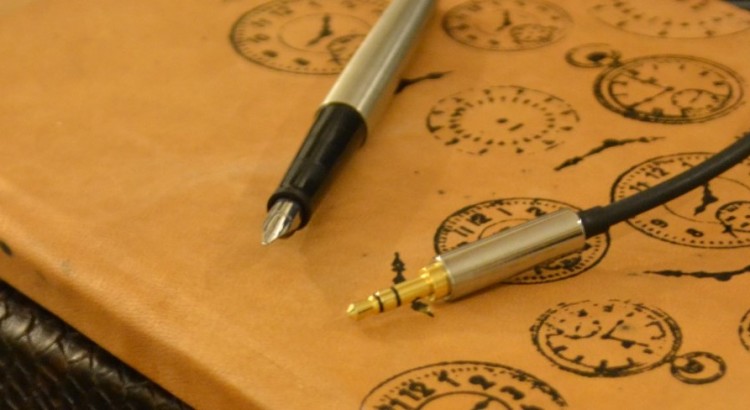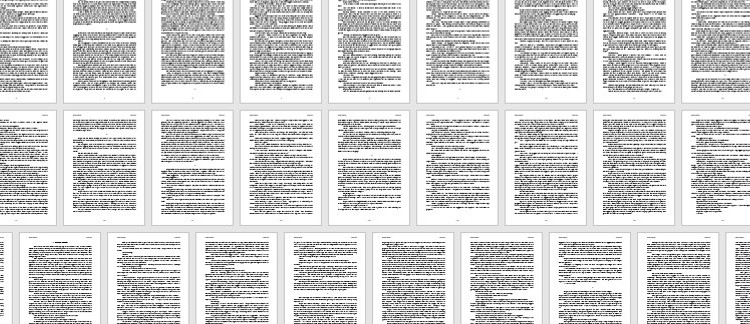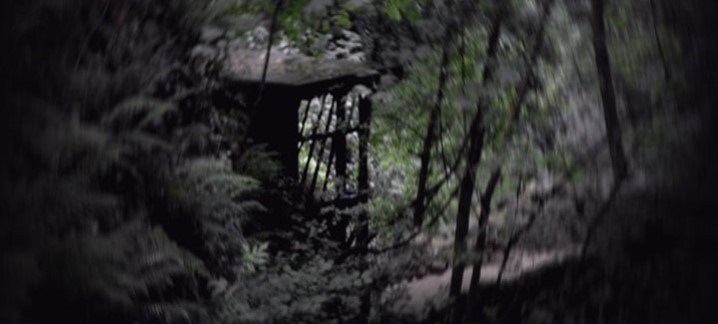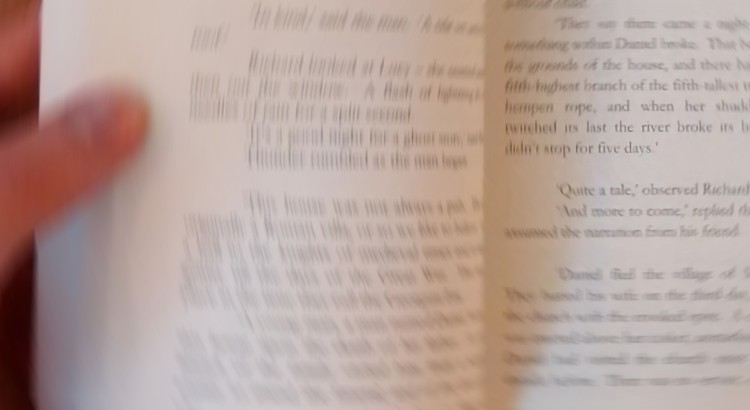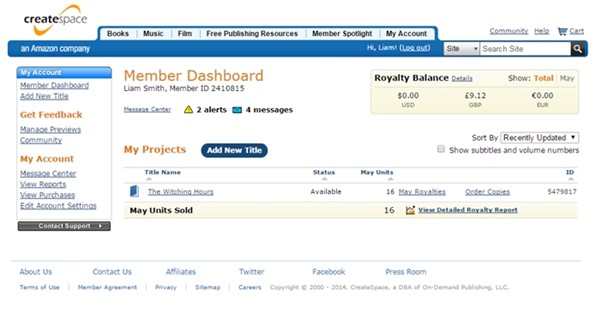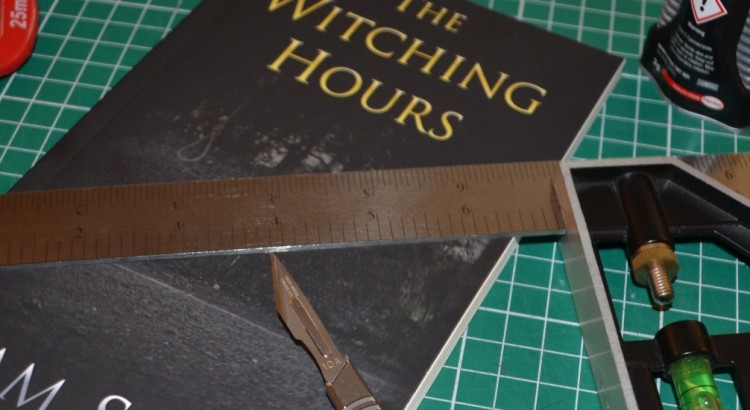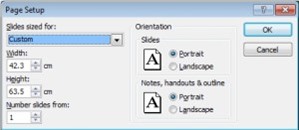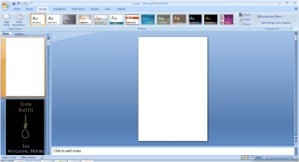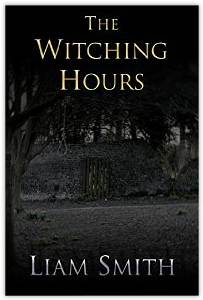Earlier this week I ambiguously tweeted that I’d written to Ludovico Einaudi. He’s the composer of, among many other beautiful piano pieces, The Waves. I didn’t mean that I’d written a letter to him, though that’s how it came across. I only meant that I’d listened to his Islands album whilst writing. It’s some of the best writing music I have.
I tend to listen to music whilst working on my books, and was overjoyed to find Stephen King does the same, as he notes in his fascinating On Writing. Whilst King prefers ‘loud music – hard rock stuff like AC/DC, Guns ‘N’ Roses and Metallica’, I prefer soft stuff – instrumental, electronic, classical… Music that I wouldn’t usually spin in the car or that I’d learn the drums to. Background music, I suppose, though I don’t want to mislabel any of the excellent albums below as merely sonic wallpaper.
Read More